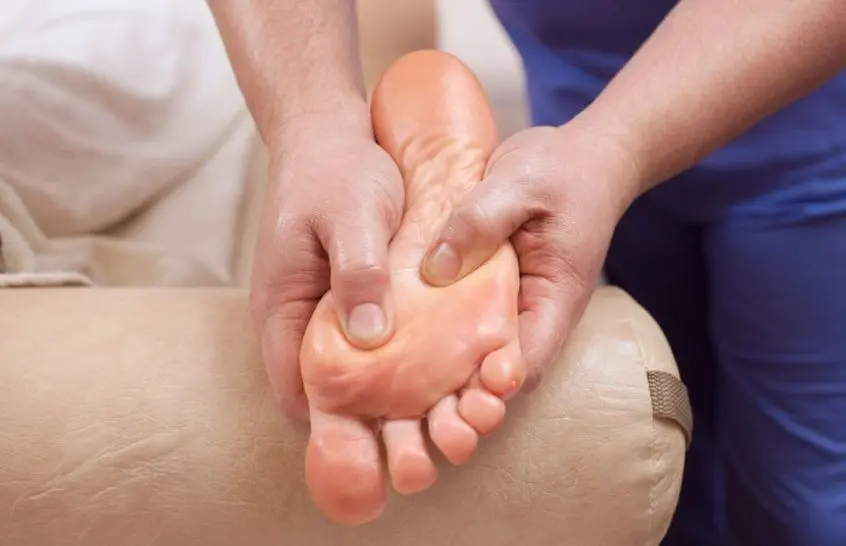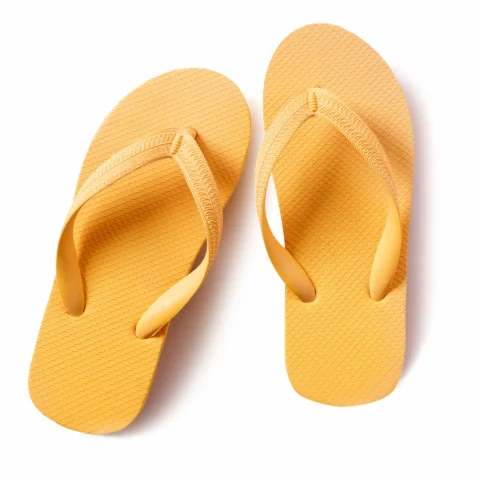EUP
When patients need specialized foot and ankle care, doctors generally recommend that they see a podiatrist. Podiatry is the focused branch of medicine that specializes in the diagnosis and treatment of foot problems and conditions related to the lower legs.
Podiatrists treat everything from bunions to infected toenails, and patients are guaranteed to receive the best answer for their foot problems from a podiatrist. But there is another term that many people – particularly older patients – still use for foot doctors: chiropodist.
So what exactly is a chiropodist and what’s the difference between podiatrist and chiropodist work? Simply put, there is actually no technical difference between a chiropodist and a podiatrist in how they work; “chiropodist” and “chiropody” are the outdated terms for doctors that specialize in foot problems. The terms were respectively replaced by “podiatrist” and “podiatry” around the second half of the 20th century.
Medical healthcare based on science is predominantly a modern phenomenon, and specialty healthcare with doctors that study and care on certain parts of the body is even more so.
The first licensed physicians who specialized in the study and care of the lower legs and feet came about in the 19th century, with the first officially recognized medical organization for feet doctors established in 1895 in New York, and this was known as the first society of chiropodists (this organization is still running today, although it is now known as the NYSPMA, or the New York State Podiatric Medical Association).
The first official school for chiropody was opened in 1911, and in the UK chiropody became widely recognized when the London Foot Hospital was established in 1912, with a chiropody school opened later in 1919.
In Australia, professional chiropody organizations started appearing from the 1920s onwards. Doctors who specialized in foot pain were still known as chiropodists by World War II, with the US degree for foot doctors known as a Doctor of Surgical Chiropody.
So why was there a sudden change from “chiropody” to “podiatry”? While both terms mean the same thing – and some countries (such as Canada) still officially use the term chiropody to describe foot and ankle medical care – countries like the US and the UK led the way in the 1960s to the transition to “podiatry” and “podiatrists” for two reasons:
- Confusion with Chiropractors: Around the 1950s and 1960s, chiropractic medicine was growing in popularity, and chiropodists were being confused with chiropractors. To avoid continued confusion with chiropractors, it was decided that they would adopt the term “podiatry” for podiatrists.
- Clearer Root: As a term, “podiatry” more accurately describes foot and ankle care than “chiropody”. “Chiropody” is made up of two roots – “chiro” which means hands, and “pod” which means foot in Greek. The roots of “podiatry” come from “pod” and “iatros”, which means “physician” in Greek. Changing the word from “chiropody” allowed them to better embrace the modern reality of the podiatric profession, when it had become a recognized branch of modern medical care rather than an unofficial specialization performed by certain physicians.
While the US, the UK, and most other countries around the world have totally stopped using the term “chiropodist” some countries such as Canada and also smaller organizations still use chiropody. So can you also expect the same level of foot healthcare from chiropody?
Contact us now to discuss your foot and ankle health needs.
This may vary on a case-by-case podiatrist basis, but generally, licensed podiatrists are trained and educated to do the following:
- Perform podiatric surgery related to the foot and ankles
- Perform microsurgeries and reconstructive surgeries
- Perform physical examinations and study medical histories
- Diagnose and treat conditions like ingrown toenails, flat feet, cracked heels, Athlete’s foot
- Administer anesthetics and also sedation for conditions related to the foot and ankles
- Prescribe medications
- Interpret X-rays and also other medical and imaging studies, giving podiatric advice and diagnosis
- Perform certain physical therapy
- Prescribe, order, and fit prosthetics, casts, insoles, and orthotics
- Diagnose and treat sports-related injuries, including setting fractures
If you aren’t sure about a doctor who refers to him or herself as a chiropodist, our advice is to make sure that they have the proper education and certification to perform the tasks of podiatrists.
For the most part, the difference between podiatrists and chiropodists is one of semantics – doctors who refer to themselves as podiatrists and chiropodists should be able to provide proper foot pain treatment.
Learn more: What Does a Podiatrist Do?

